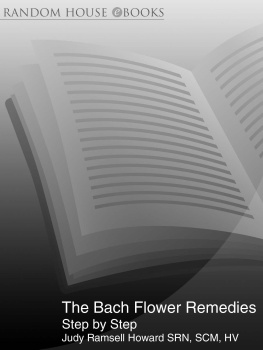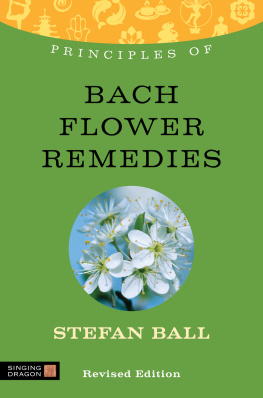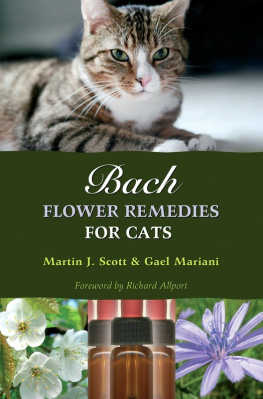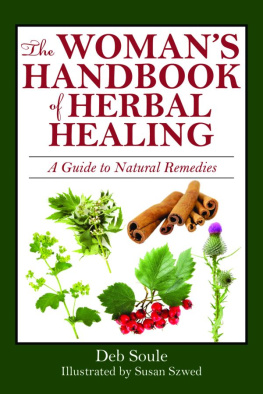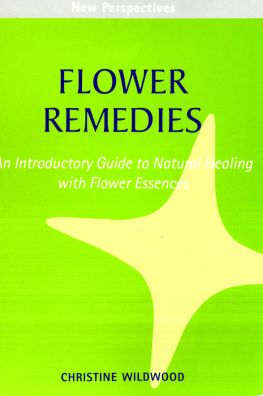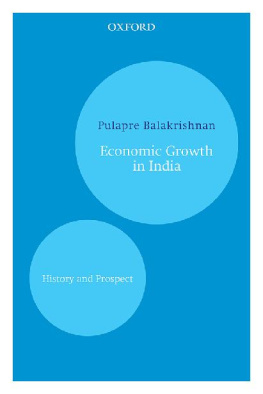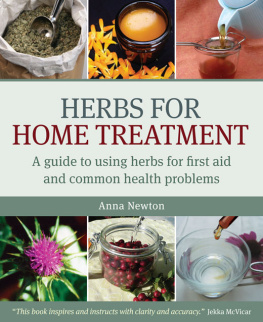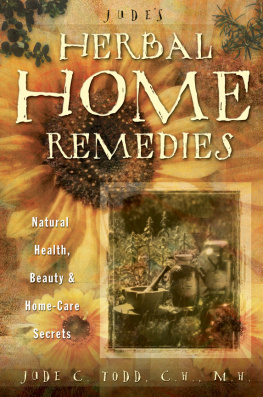Herbs, Flowers, Roots
Natural Home Remedies
From India
By
Kavitha Balakrishnan
2020
Copyright 2020 Kavitha Balakrishnan
All rights reserved. This book or any portion thereof may not be reproduced or used in any manner whatsoever without the express written permission of the publisher except for the use of brief quotations in a book review.
Printed in the United Kingdom First Printing, 2020
ISBN-xxxxxxxxxxx
ISBN-xxxxxxxxxxx
Babysteps Publishing Limited Colwyn Bay
U.K. LL29 8YZ
https://babystepspublishing.com
Although the author and publisher have made every effort to ensure that the information in this book was correct at press time, the author and publisher do not assume and hereby disclaim any liability to any party, for any loss, damage, or disruption caused by errors or omissions, whether such errors or omissions result from negligence, accident, or any other cause. This book is for use as a guide only
Table of Contents
Why I Wrote This Book?
I am from a small town, Trichy, TamilNadu (Southern India). Tamil, one of the ancient languages is spoken throughout the state and it is my mother-tongue.
The great Siddha Vaithiyar Agathiyar is considered to be the father of the Siddha medicines. Vaithiiyar is a title given to the person who knows and administers medicines.
I seek His blessings and Lord Ganeshas blessings to help people live a long and healthy life.
In my place, people still eat traditional food every day, and old rituals and practices are followed sincerely. A very small conservative town, where people administer home remedies for simple ailments.
In my aunts village, more traditional medicines are followed, simply because there was no access to English medicines.
We believe that food is medicine, and what we eat manifests on our skin. We used to apply homemade face packs, hair packs all inside the house. No beauty salons 20 years ago.
Spices, seeds and herbs were bought in kilos in the month of March, sun-dried through May, and stored for a year. The next purchase was the following year! The hair pack powder and the hair wash powder also was prepared for a year.
We did not believe in using chemicals. But now, the new generation of kids and the invasion of cosmetics, this is slowly changing. I can see fancy beauty salons and a lot of infertility treatment clinics and hospitals popping up.
When I moved to Bangalore for my work, I still wanted to follow all herbal remedies and rituals. Which was a challenge, because getting the materials was not easy. Because Bangalore was in a different state.
So whenever I visited my home-town bought all stuff and carried it with me. When I could not, I did not have them with me. Guess this is how we lose to convenience.
Lack of availability of materials, time, space, and then the effort to do all this was a challenge. In a small apartment, it was impossible to dry and grind them fresh. To persevere among all odds is a quality.
I had wheezing, my hair was falling (because I resorted to chemical shampoos), my skin suffered a bit, and for simple colds, flu and headaches started consuming medicines.
One thing never changed. Food. I stuck to home-made traditional food. Guess that kept me going.
When I moved to different countries, everything became a challenge. I could not get most of the herbs, even if it is there, it was very expensive. I realized that more than the career, your health was important. And I had to try hard not to fall for convenience. But I was clear on one thing. Not to abuse the body and the environment with chemicals.
So I started making small changes. The changes were slow because they needed to be sustainable. Small changes like using tooth powder instead of paste, herbal hair packs from Moms place instead of shampoos, herbal body bath powder instead of soaps, minimalistic lifestyle, using coconut scrubber to wash vessels, cautious of using medicines, definitely improved the quality of my life. No guilt while taking a bath or washing vessels. When these became a way of life, getting into the herbal lifestyle was easier.
When I started incorporating home remedies into my family, we saw so many changes. Even when we contracted the virus here we resorted to herbal remedies. We did not even take paracetamol. I understand that home remedies and herbals alone will not help. A healthy lifestyle and food are key.
Every time I visited my home-town, I spoke to many old women, girls in the village, who knew about the home remedies. And I was surprised. There were thousands of home remedies and I knew nothing! And these women were in their 70s and 80s and I realized that after them, no one will know about these and will not have the patience to go meet them and talk to them and learn about these precious practices.
I realized that if I am not going to take the effort to educate my children, family, and my friends, the next generation is not even going to be aware of such treasures. And for every small thing, they are going to turn to pills.
I strongly believe that the Siddhas travelled in time, and wrote about all these herbs as medicine for the future generations.
I feel it is my duty to spread knowledge about these herbs to as many as people as possible. To use it or not is their wish.
Why Should You Read This Book?
Going natural is the way to live.
I am not a doctor or wellness expert. But have been practising home remedies for almost 10 years now.
Herbs are so unassuming and simple, easy to use and we believe that there are no side effects. Most of the herbs mentioned in this book are edible. And there are so many more.
Traditional medicine, herbs also has a time-frame to consume. In Tamil, there is a saying, Virundhum Marundhum moonru naalaiku , which means whether it is guests or medicine you should only treat it for three days. You cannot consume herbs continuously.
Few can be used for a week, many Siddha and Ayurvedic medicines are to be consumed for 48 days only. Not less not more.
The herbs, seeds, flowers, powders given here are personally used by us and the family and are common practices in TamilNadu.
If you are a person who believes that only natural remedies are sustainable then this book is for you.
I have written the Tamil names as Chapter headings because that is what we call them in our place. I have given the Botanical name too so that it is easy to search.
I have not mentioned whether the herbs are anti-oxidants or contain vitamins or minerals, or they are humectants or anything. Simply because my people did not know about all these terms. I am sure no one knew about all these terms thousands of years ago.
But they knew if it will treat fungus and bacterial infections, insect bites and snake bites.
So, I am sharing what I found.
There are thousands of herbs and I am slowly learning. Many, more books to come.
Chapter 1
Avarampoo
Botanical name: Senna Auriculata
The flower is called Avarampoo in Tamil and is a Samoolam. Samoolam in Tamil means that the entire plant is used as a medicine. The roots, flowers, leaves, buds and the branches.
A lovely mustard colour flower, in TamilNadu, it is grown as a wild plant in village s .




